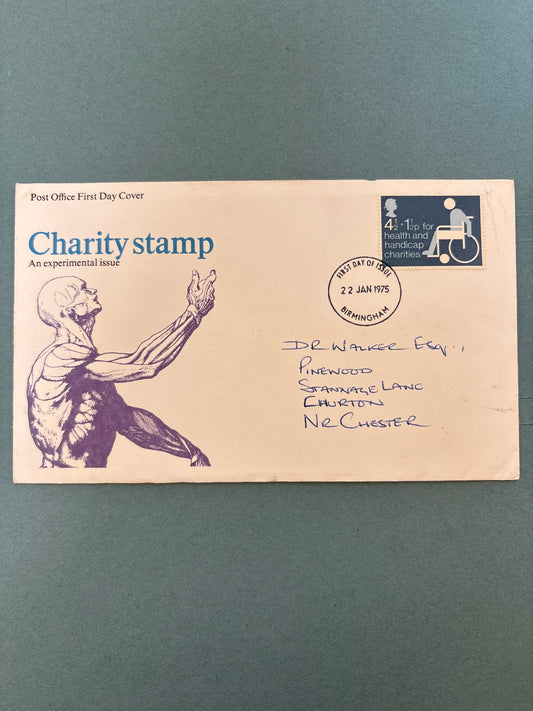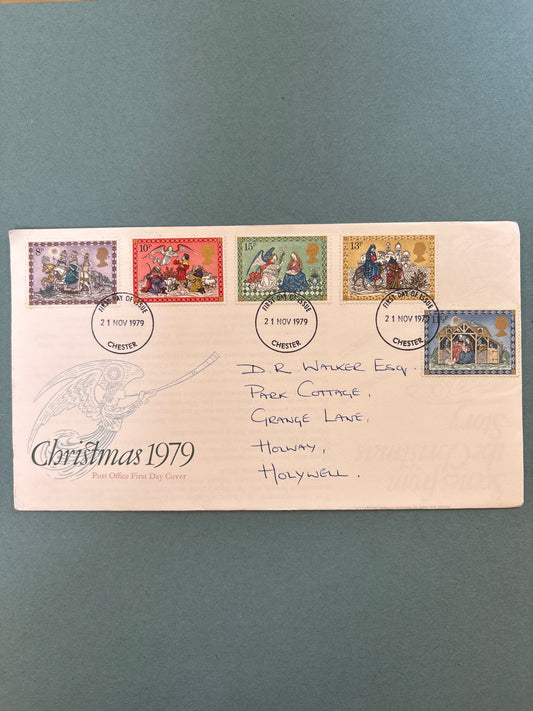Collection: First Day Covers
First Day Covers (FDCs) are a beloved tradition in the world of philately, offering collectors a unique way to commemorate the release of new postage stamps. At their core, FDCs are envelopes or cards bearing a newly issued stamp, postmarked on the first day the stamp becomes valid for use. But beyond their technical definition, they represent a fascinating blend of postal history, design, and cultural storytelling.
The origins of First Day Covers can be traced back to the very beginning of adhesive postage. The world’s first postage stamp, the Penny Black, was officially issued in the United Kingdom on 6 May 1840. Some envelopes postmarked on that day are now considered the earliest examples of FDCs, though the concept wasn’t formalized at the time. In those early years, stamps were often used as soon as they were available, and collectors had to rely on luck or insider knowledge to obtain a cover postmarked on the exact day of issue.
It wasn’t until the early 20th century that FDCs began to take on a more deliberate and collectible form. In the United States, George Linn is credited with creating the first printed cachet—a decorative design or text on the envelope—on a 1926 cover celebrating the Sesquicentennial Exposition. This innovation transformed FDCs from simple postal artifacts into miniature works of art. Cachets soon became a standard feature, often illustrating the theme of the stamp or providing historical context.
The mid-20th century marked the golden age of First Day Covers. Postal authorities around the world began to recognize their appeal and started issuing official FDCs, complete with specially designed postmarks and cachets. In the UK, the General Post Office (later Royal Mail) began producing official FDCs in the 1960s, offering collectors a reliable and beautifully presented way to mark each new stamp release. These covers often featured elegant typography, thematic artwork, and detailed information about the stamp issue.
FDCs also became a popular medium for commemorating major events. From royal weddings and jubilees to sporting triumphs and scientific breakthroughs, these covers captured moments of national and global significance. Some were even postmarked at special locations tied to the stamp’s subject—for example, a stamp honouring a famous author might be cancelled in their hometown.
Over time, FDC collecting evolved into a specialized branch of philately, with enthusiasts focusing on particular themes, artists, or countries. Some collectors seek out rare or unusual postmarks, while others value covers with autographs or limited-edition cachets. The artistry and variety of FDCs make them an accessible and rewarding entry point for new collectors.
Today, despite the rise of digital communication, First Day Covers remain a cherished tradition. Royal Mail and other postal services continue to issue them with each new stamp release, often incorporating modern design techniques and interactive elements. For many, FDCs are more than just collectibles—they’re tangible snapshots of history, culture, and creativity, preserved in envelope form.
-
PHQ FDC - Set of all 4 Cards in the British Motor Cars Set of 1982 PHQ63 as First Day Covers
Regular price £4.00 GBPRegular priceUnit price / per -
First Day Cover - 2003 England's Victory in Rugby World Cup Championship, Australia
Regular price £10.00 GBPRegular priceUnit price / per -
FDC - Post Office First Day Cover - Health and Handicap Funds - Charity Stamp Experimental Issue 22 Jan 1975
Regular price £2.00 GBPRegular priceUnit price / per -
FDC - Post Office First Day Cover - Christmas 1979
Regular price £2.00 GBPRegular priceUnit price / per -
FDC - Post Office First Day Cover - Centenary of the Universal Postal Union 12 Jun 1974
Regular price £2.00 GBPRegular priceUnit price / per -
FDC - Post Office First Day Cover - 150th Anniversary of Public Railways 13 Aug 1975
Regular price £2.00 GBPRegular priceUnit price / per -
FDC - Post Office First Day Cover - Birth Centenary of Sir Winston Churchill 9 Oct 1974
Regular price £2.00 GBPRegular priceUnit price / per -

FDC - Post Office First Day Cover - Death Centenary of Sir Roland Hill, Postal Reformer, 22 Aug 1979
Regular price £2.00 GBPRegular priceUnit price / per -
FDC - GPO Commemorative Cover of the British Paintings Set from 12 Aug 1968 (2 Lower Values)
Regular price £2.00 GBPRegular priceUnit price / per -
FDC - GPO Commemorative Cover of the British Bridges Set from 29 April 1968
Regular price £2.00 GBPRegular priceUnit price / per -
FDC - GPO Commemorative Cover of the British Scientific Discoveries Set from 19 Sep 1967
Regular price £2.00 GBPRegular priceUnit price / per -
FDC - GPO Commemorative Cover of the Definitive Set from 5 Feb 1968
Regular price £2.00 GBPRegular priceUnit price / per -
FDC - GPO Commemorative Cover of the Definitive Set from 1 July 1968
Regular price £2.00 GBPRegular priceUnit price / per -
FDC - GPO Commemorative Cover of the Definitive Set from 8 August 1967
Regular price £2.00 GBPRegular priceUnit price / per -
FDC - GPO Commemorative Cover of the Definitive Set from 5 June 1967
Regular price £2.00 GBPRegular priceUnit price / per -
FDC - GPO Commemorative Cover of the Definitive Set from 1968
Regular price £2.00 GBPRegular priceUnit price / per















